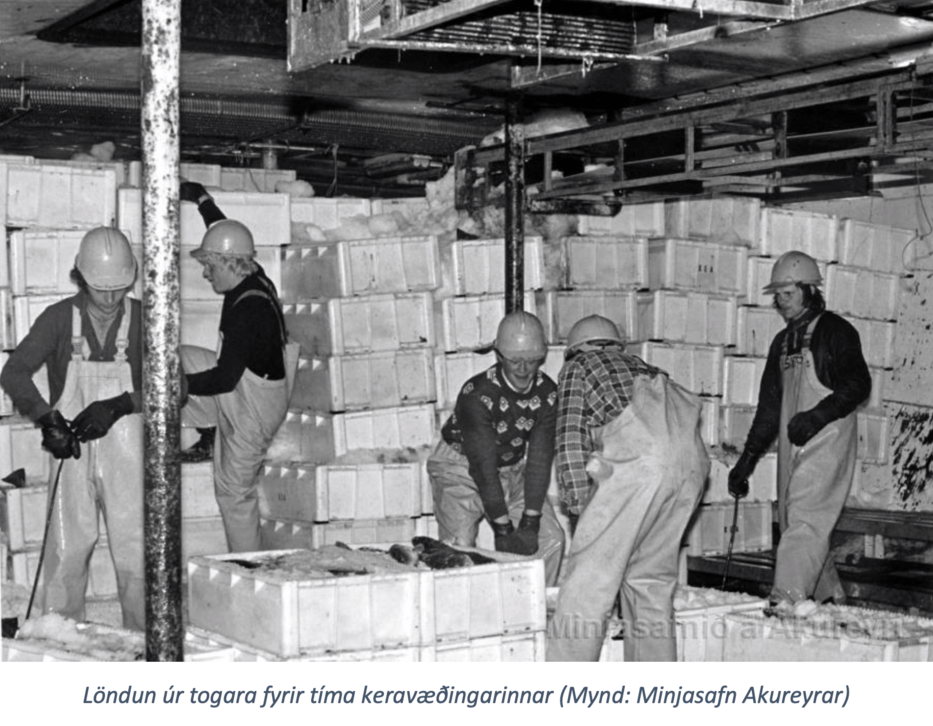Significant progress has been made in the development of storage containers for whole fresh fish in recent decades. The re-launch that took place in the eighties, for example, has made life so much easier for fishermen and has meant that it takes much less time to get the catch down to the train and land it. The most common tanks, however, are so large that there is a risk that their use will have a negative effect on the quality of the catch, if not done correctly.
It is therefore important to work carefully with icing and alignment in the pots, but it is known that the pressure that forms on the fish at the bottom of the pots affects the appearance, release and weight loss. Recently came out report by Matís where the question is asked what are the main advantages and disadvantages of different transport packaging for whole fresh fish, and then the focus is mainly on container fish, and whether the choice of packaging affects the quality and value of the catch.

The report discusses the export of containerized fish, the value chain of containerized fish, the containers that have been used for the storage and transport of containerized fish, and the issues to consider when processing, storing and transporting whole fresh fish. In addition, the relationship between price and quality of catch sold on auction markets is briefly discussed.

An experiment carried out by exporting containerized fish in four different types of containers is also discussed, where it was to be investigated whether there were differences in quality, weight loss and the value of the catch. However, this experiment did not provide sufficient reliable information to establish whether the type of transport container affected the aforementioned factors. However, the development that has taken place in the production and sale of pots shows that more and more companies are choosing smaller pots, and this should therefore be a good indication that the size of the pots matters. However, the experiment clearly showed that it would be very difficult to re-box the Icelandic fleet. Icelandic sailors have become accustomed to pots and have little interest in returning; in addition, the installation in trains is today designed for pots. In addition, it is common for Icelandic vessels to catch fish that simply do not fit in the boxes that are available, due to their size. However, it is not ruled out that in some cases, boxes could be a good option for exporting whole fresh fish, for example more valuable catches such as sole or "anglerfish tail".
The project was funded by the AVS Fund.
Picture at the top of the page: Jónas R. Viðarsson
